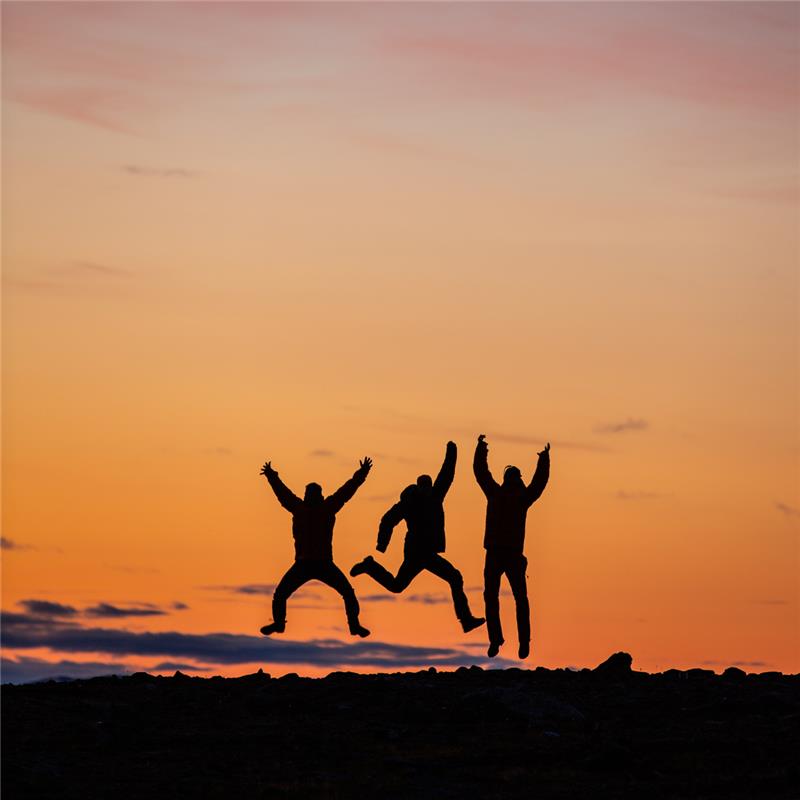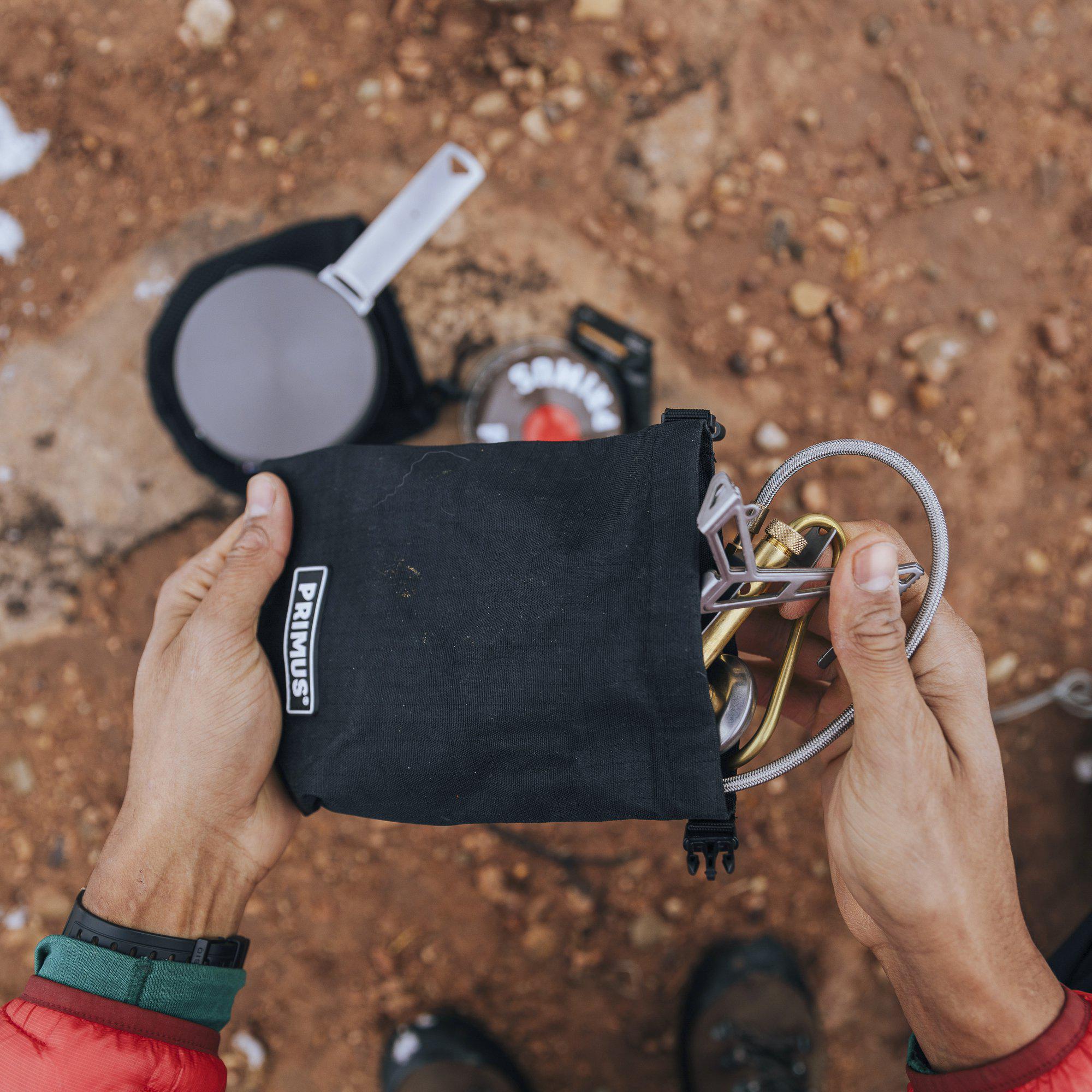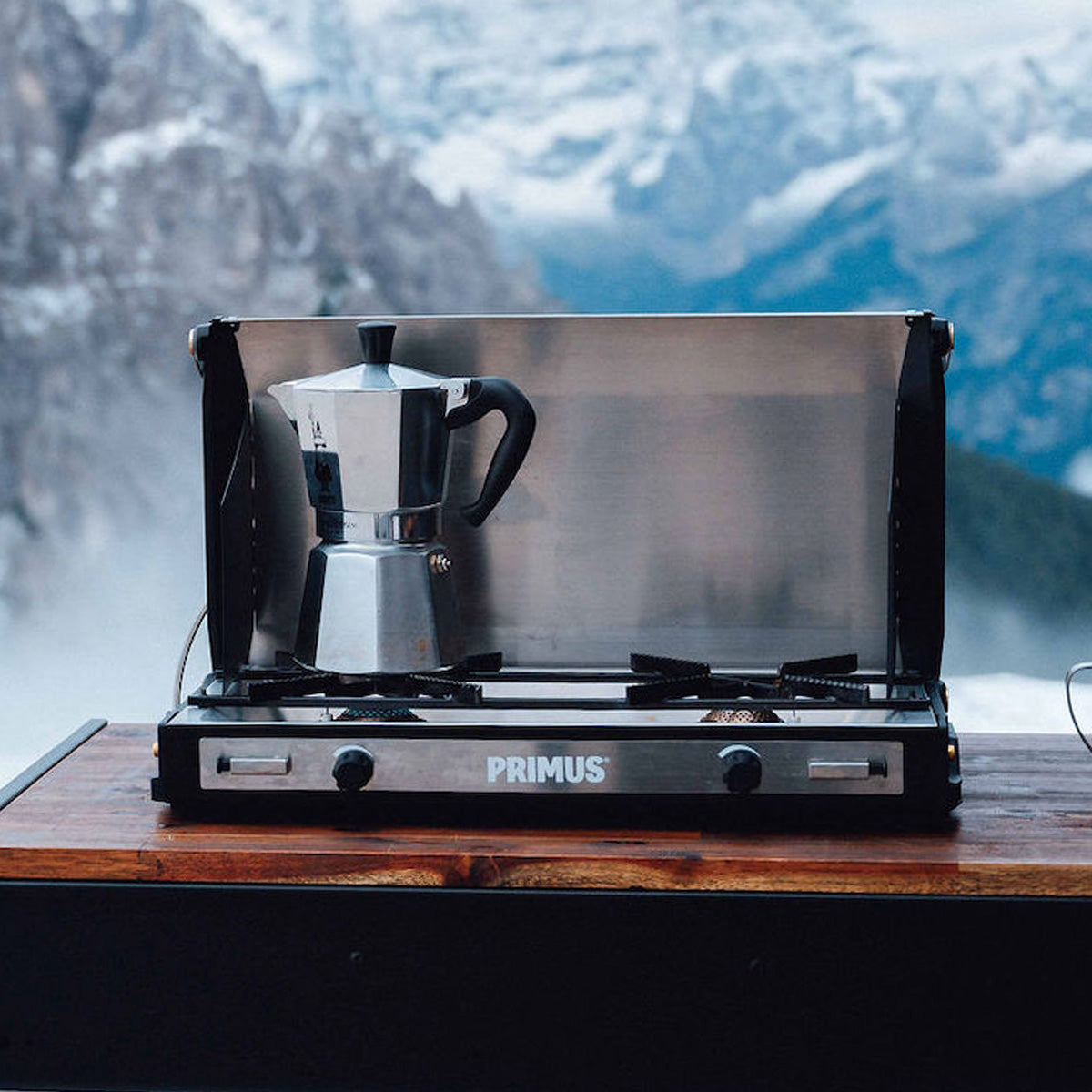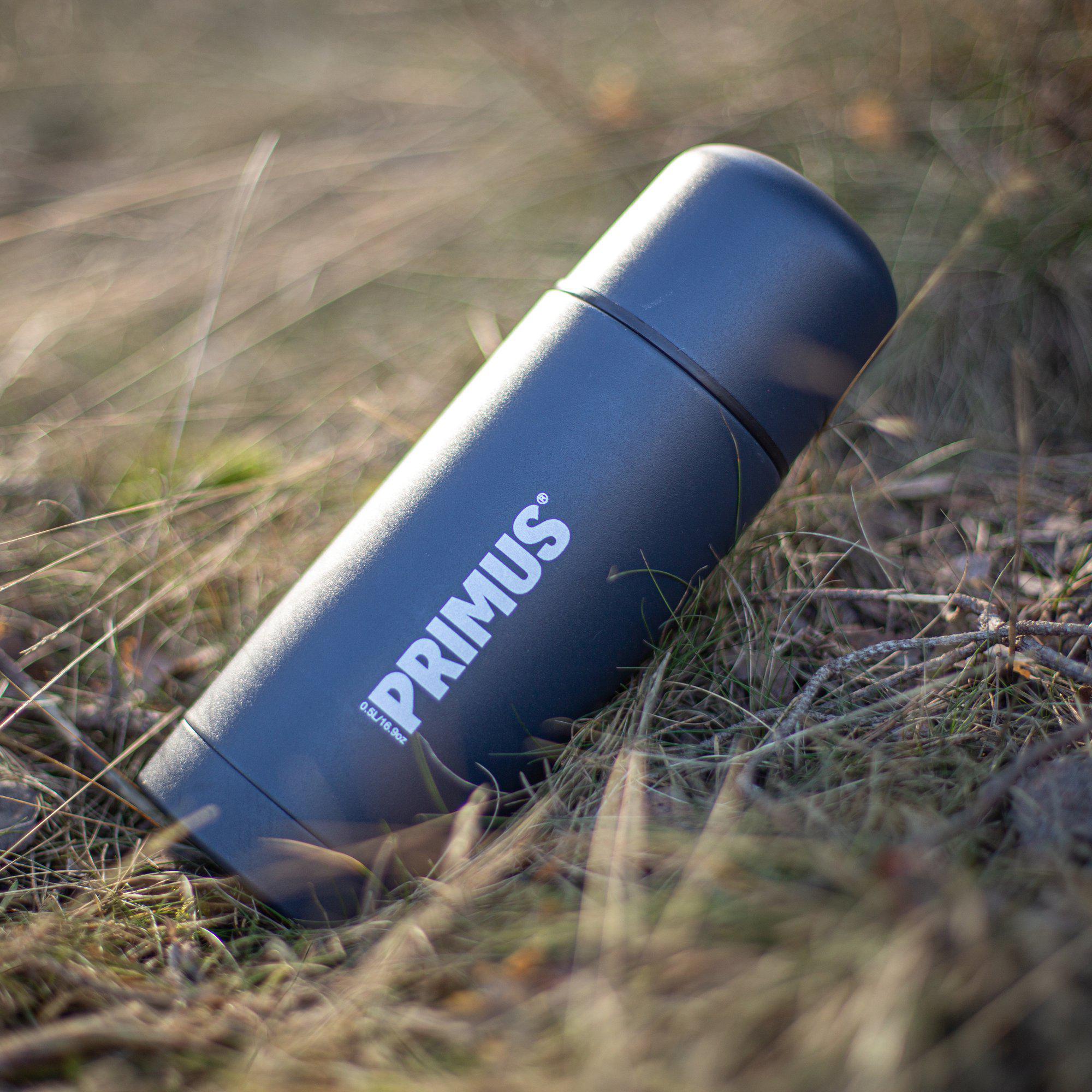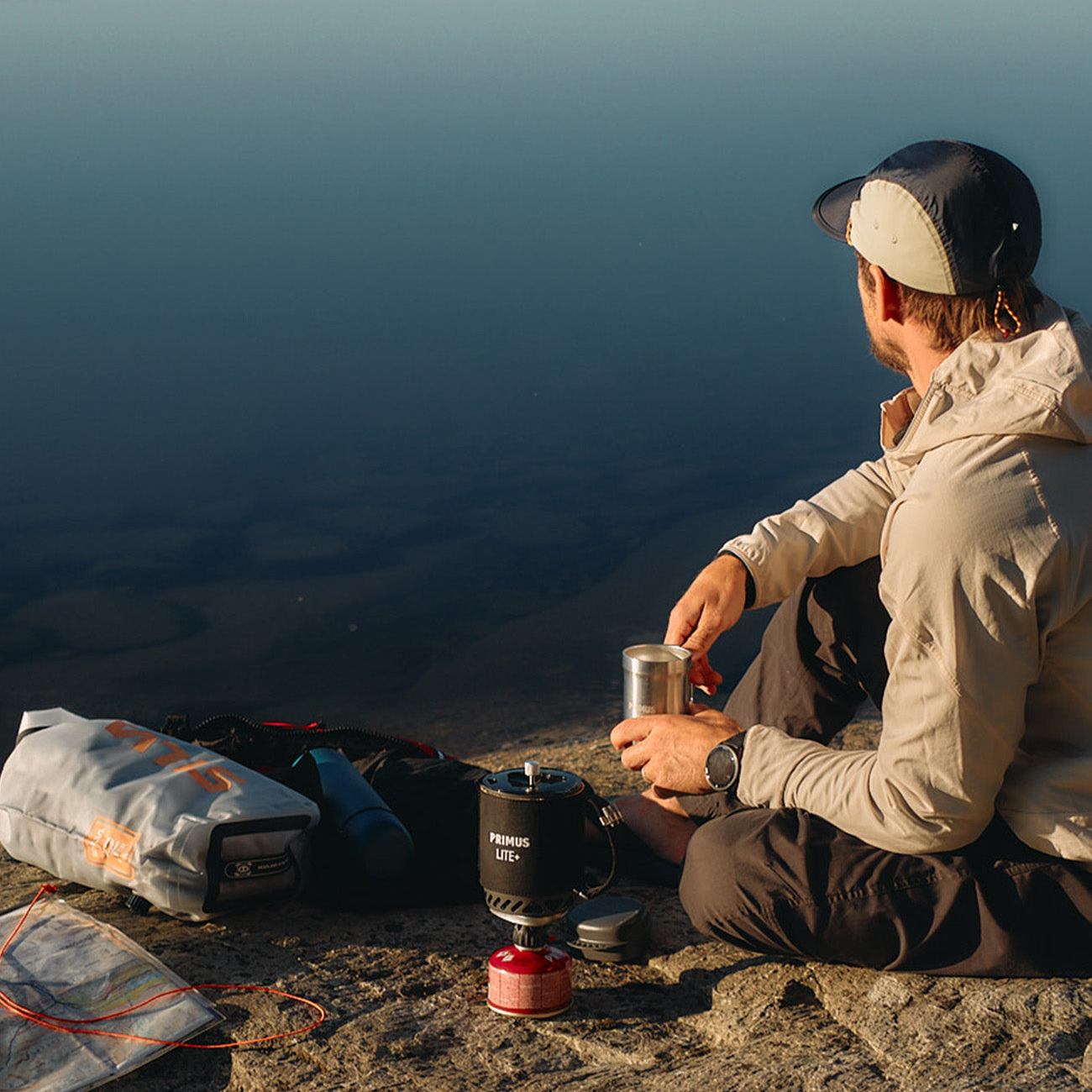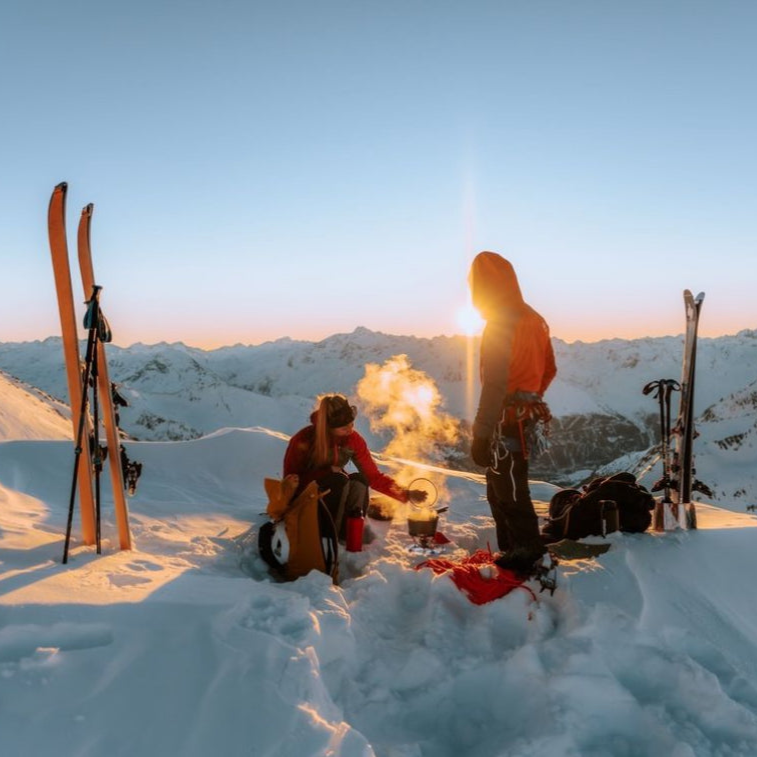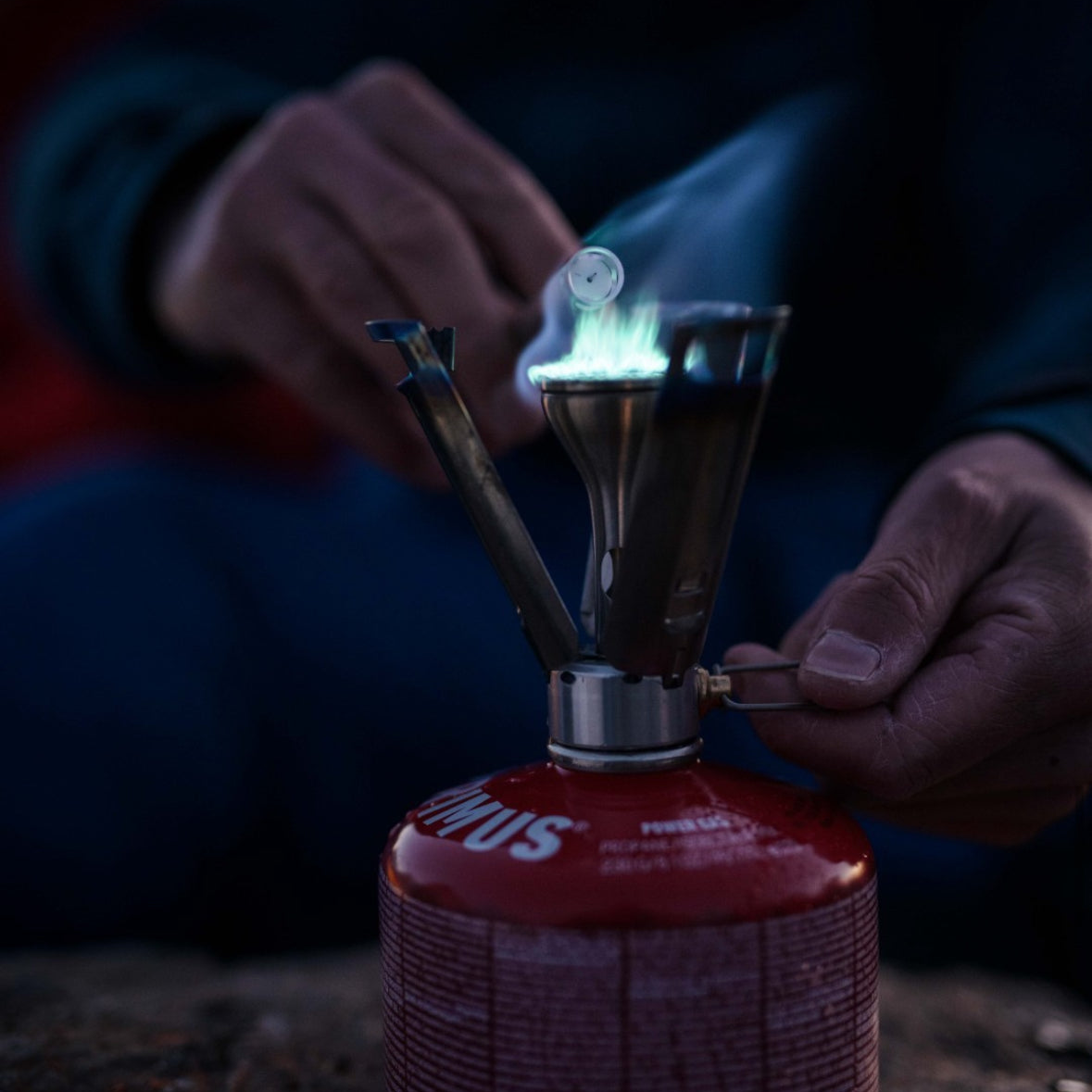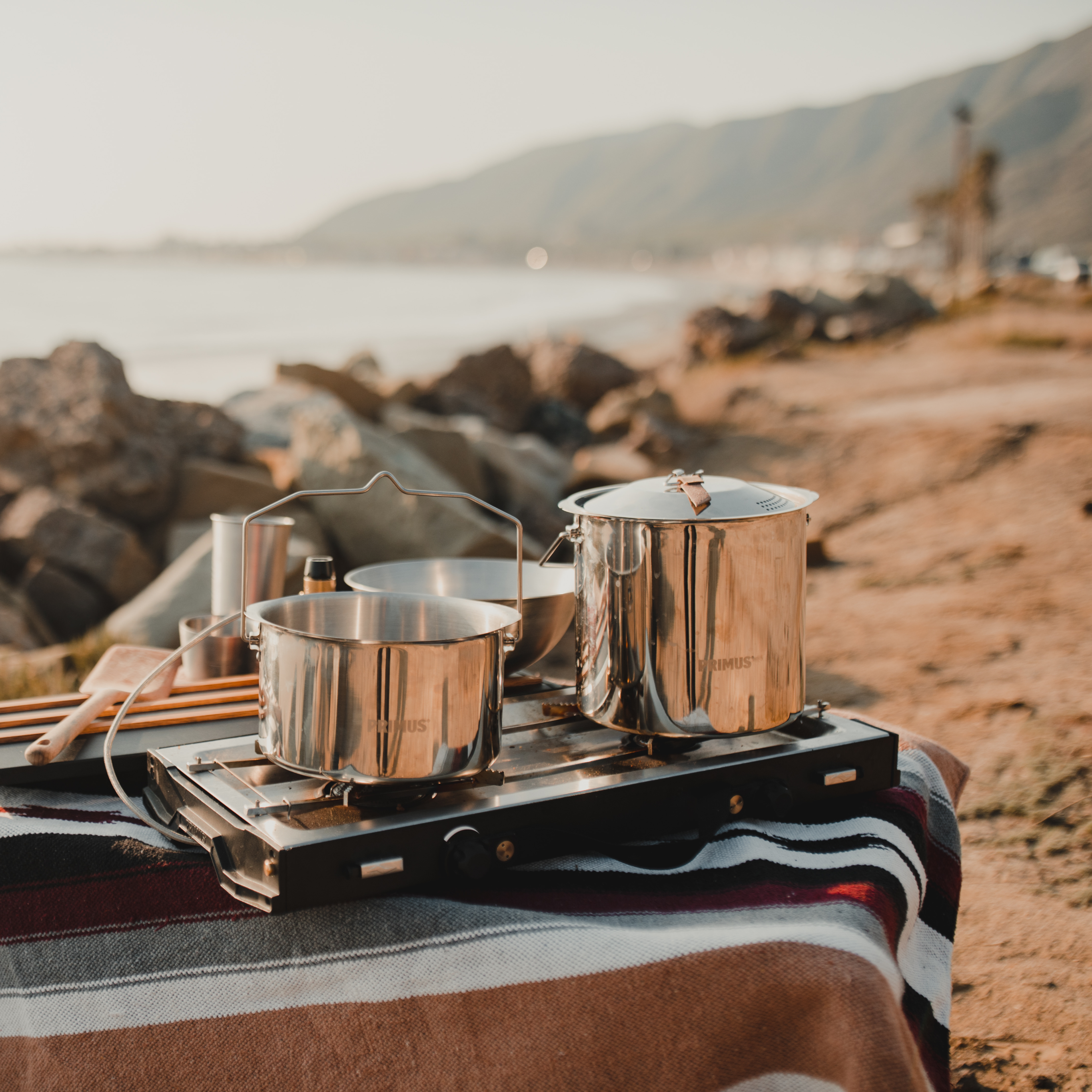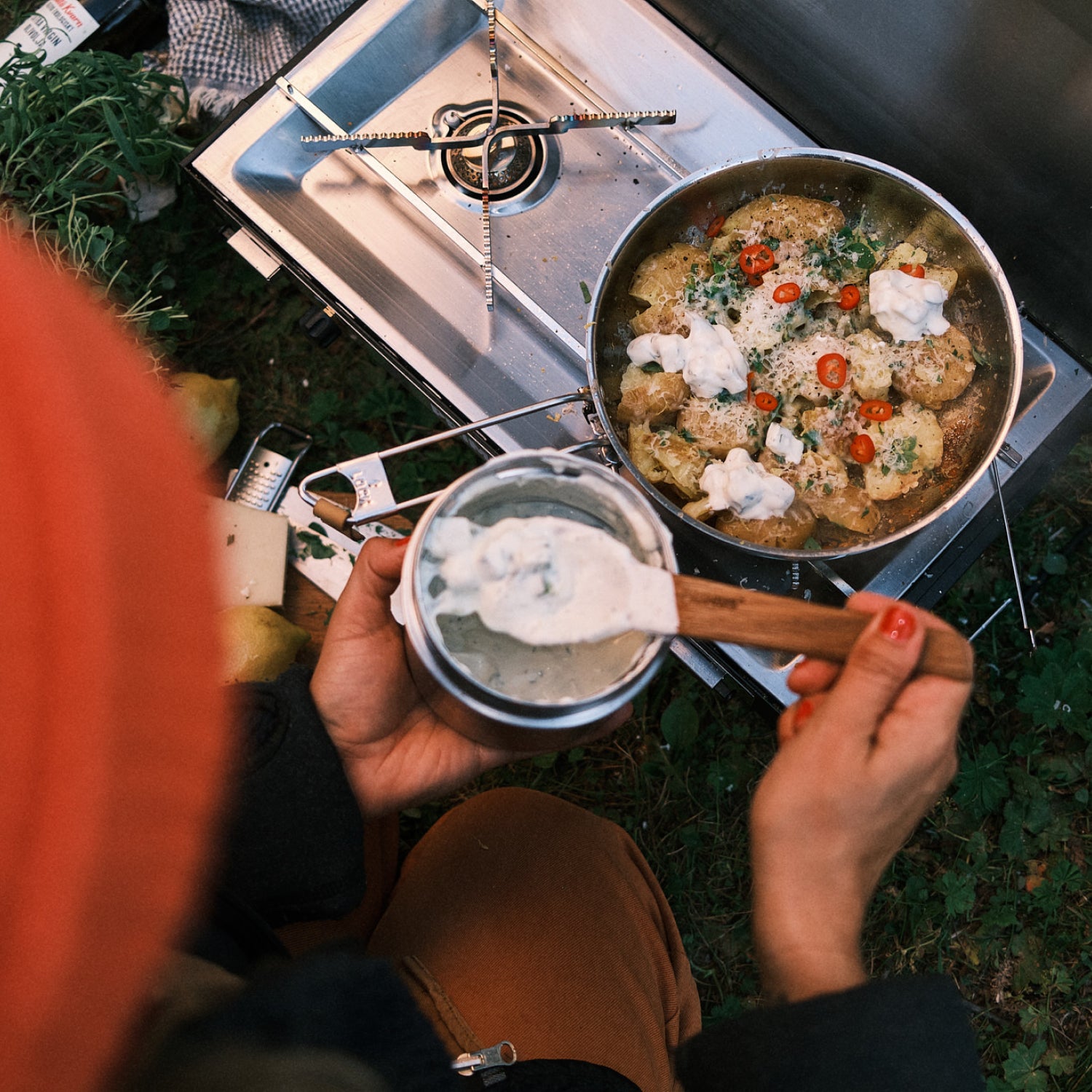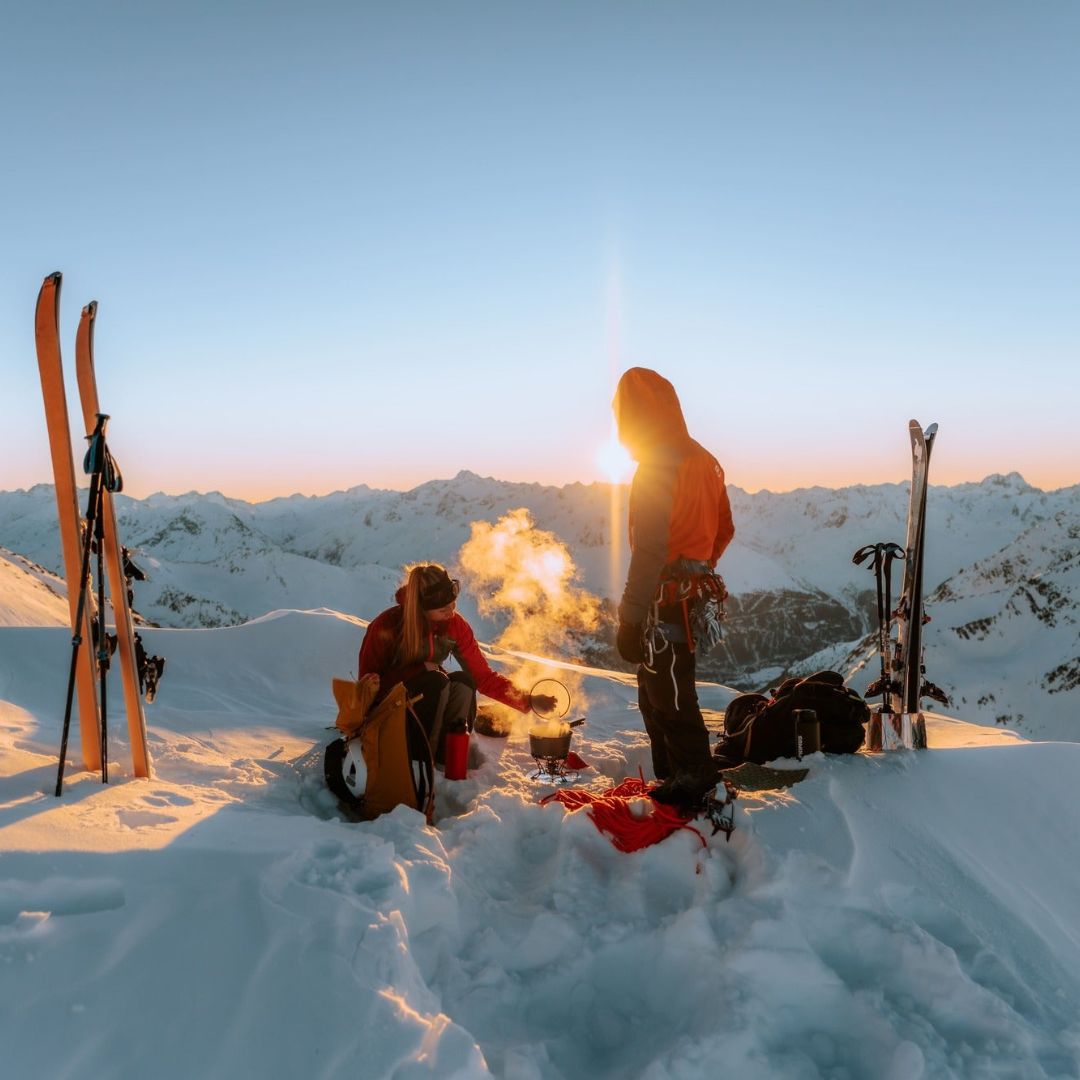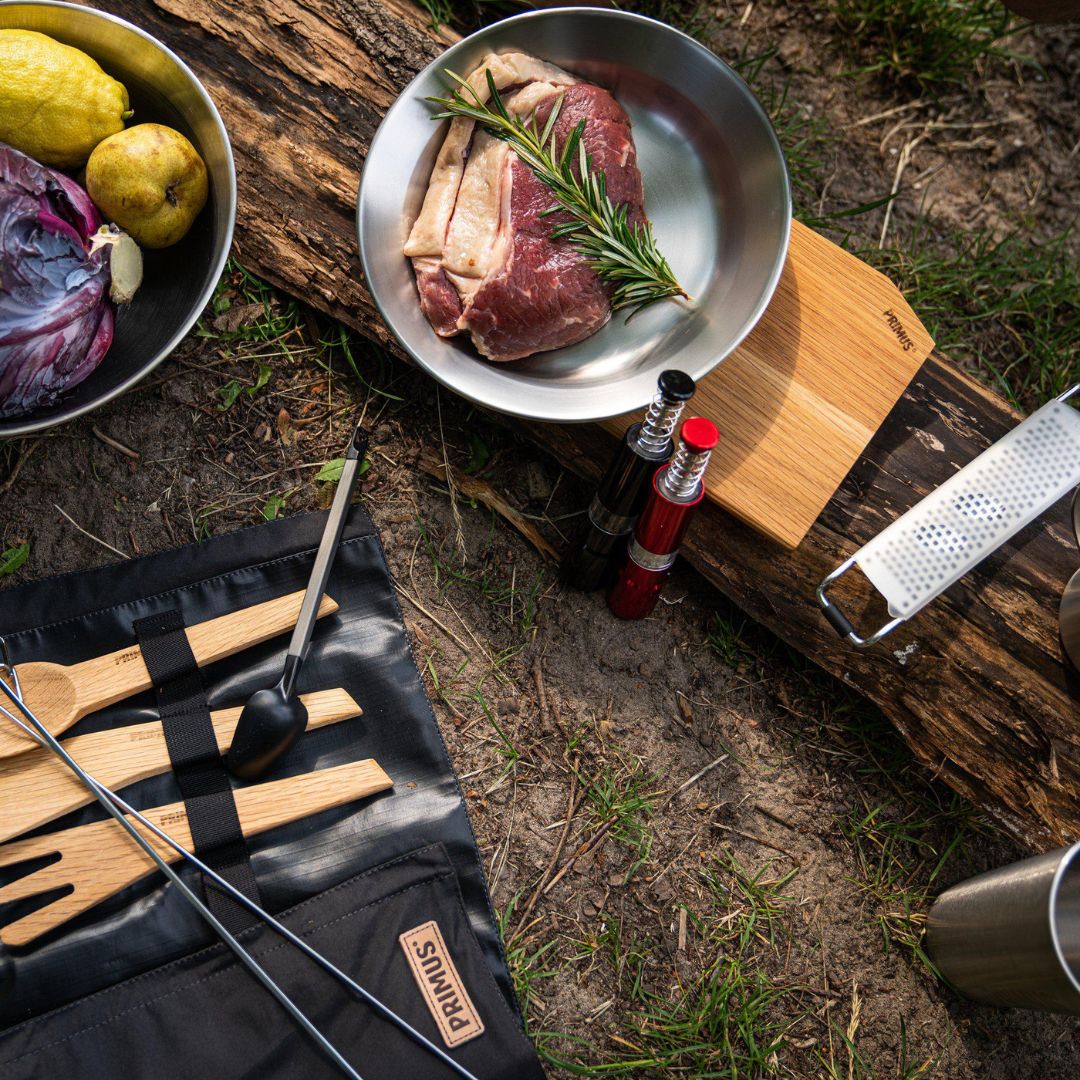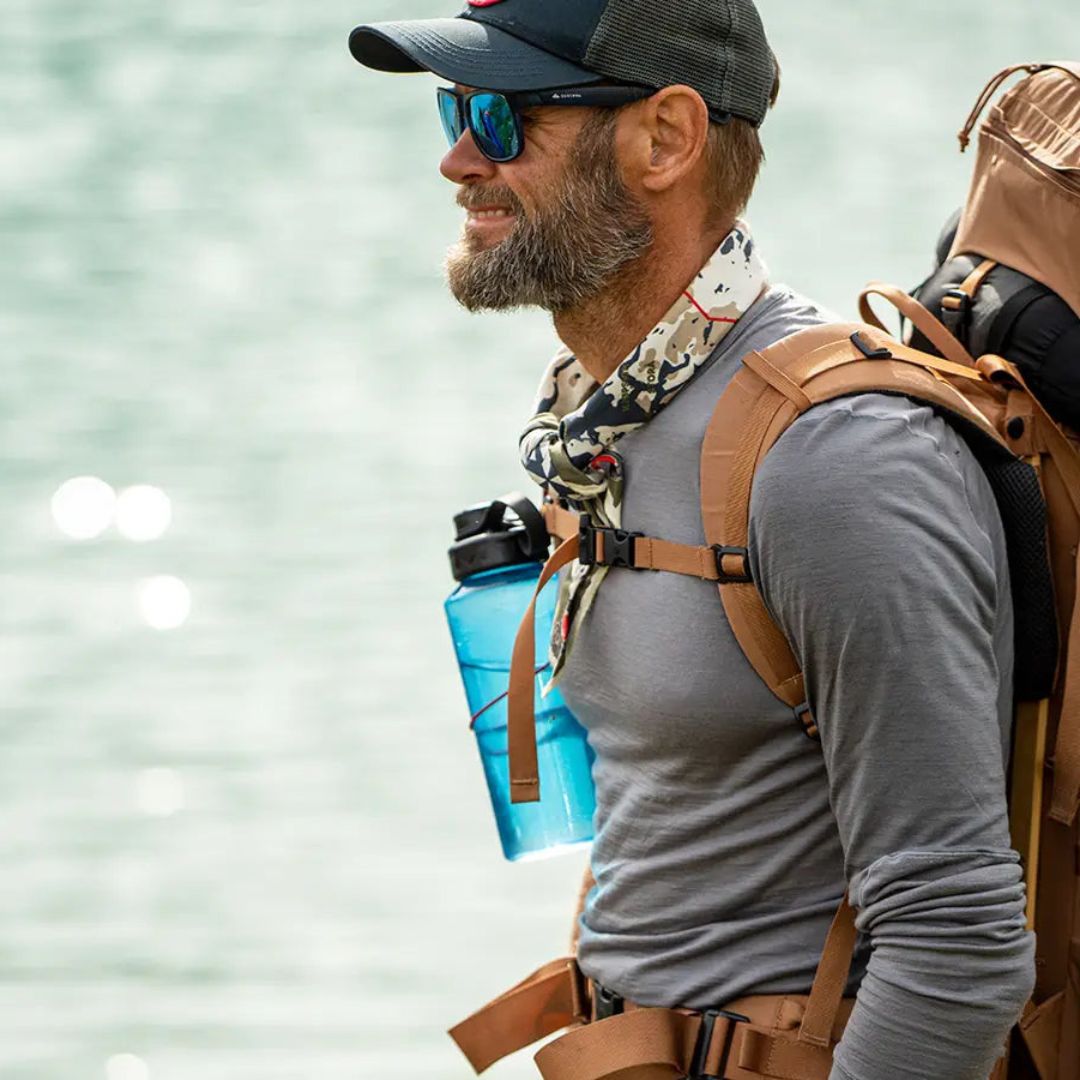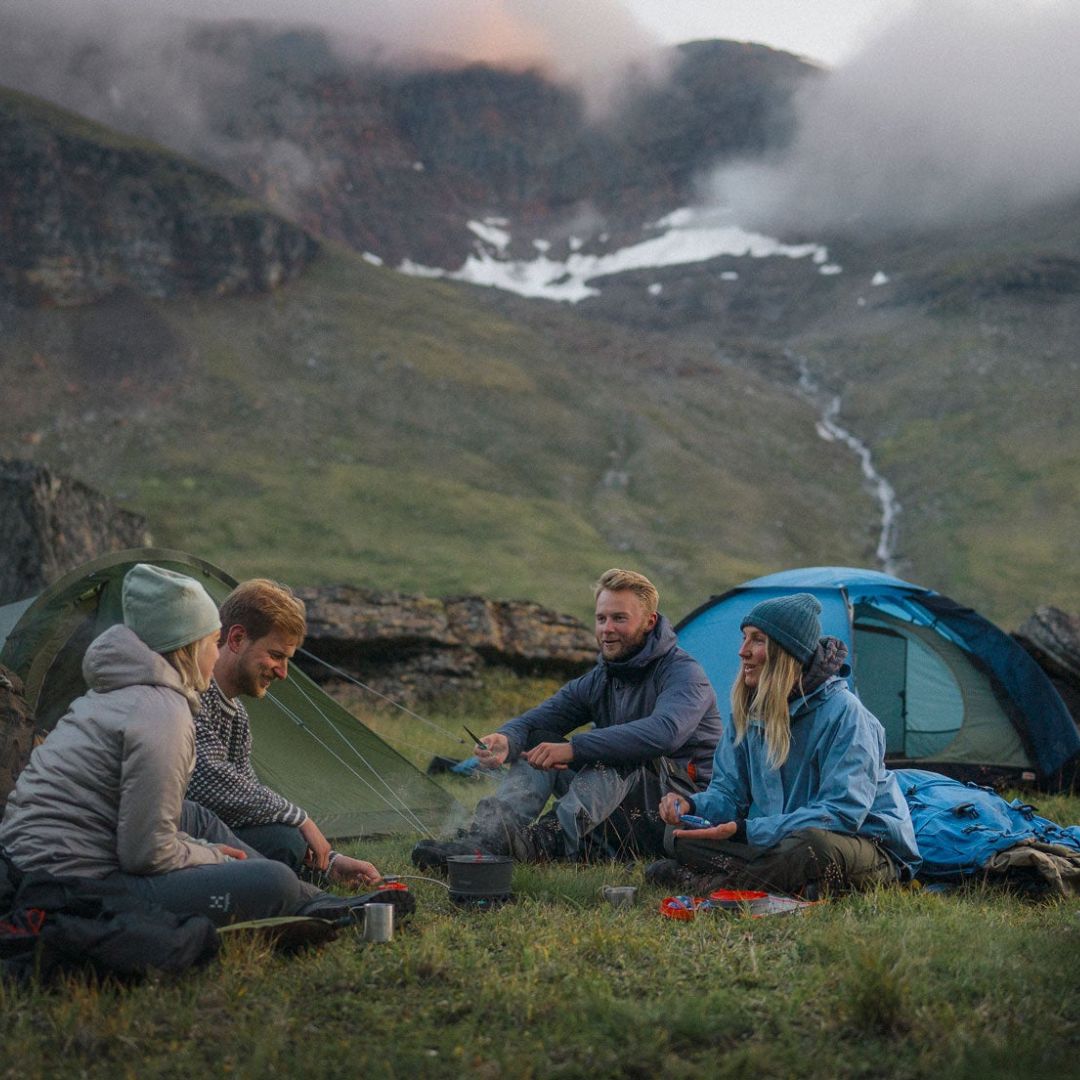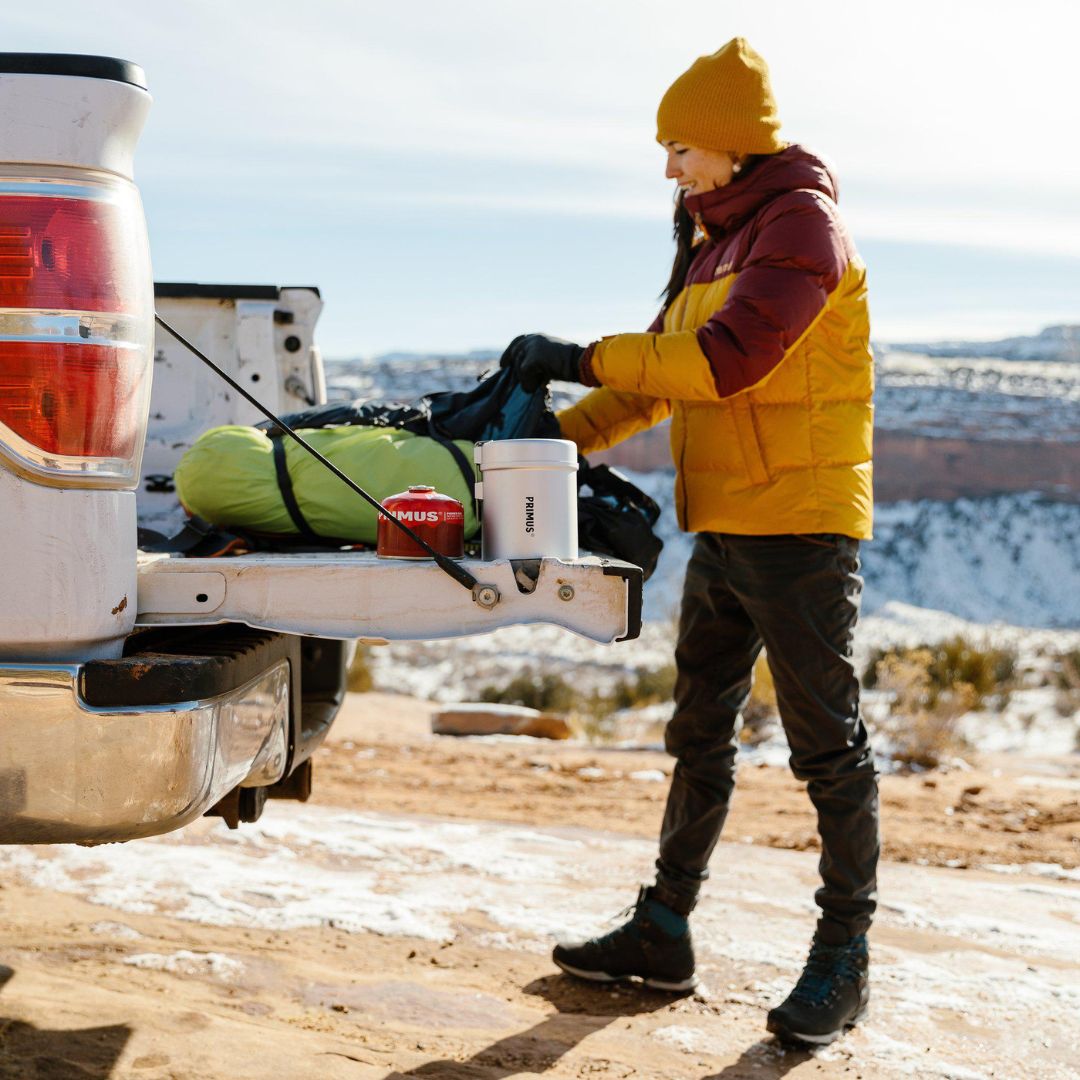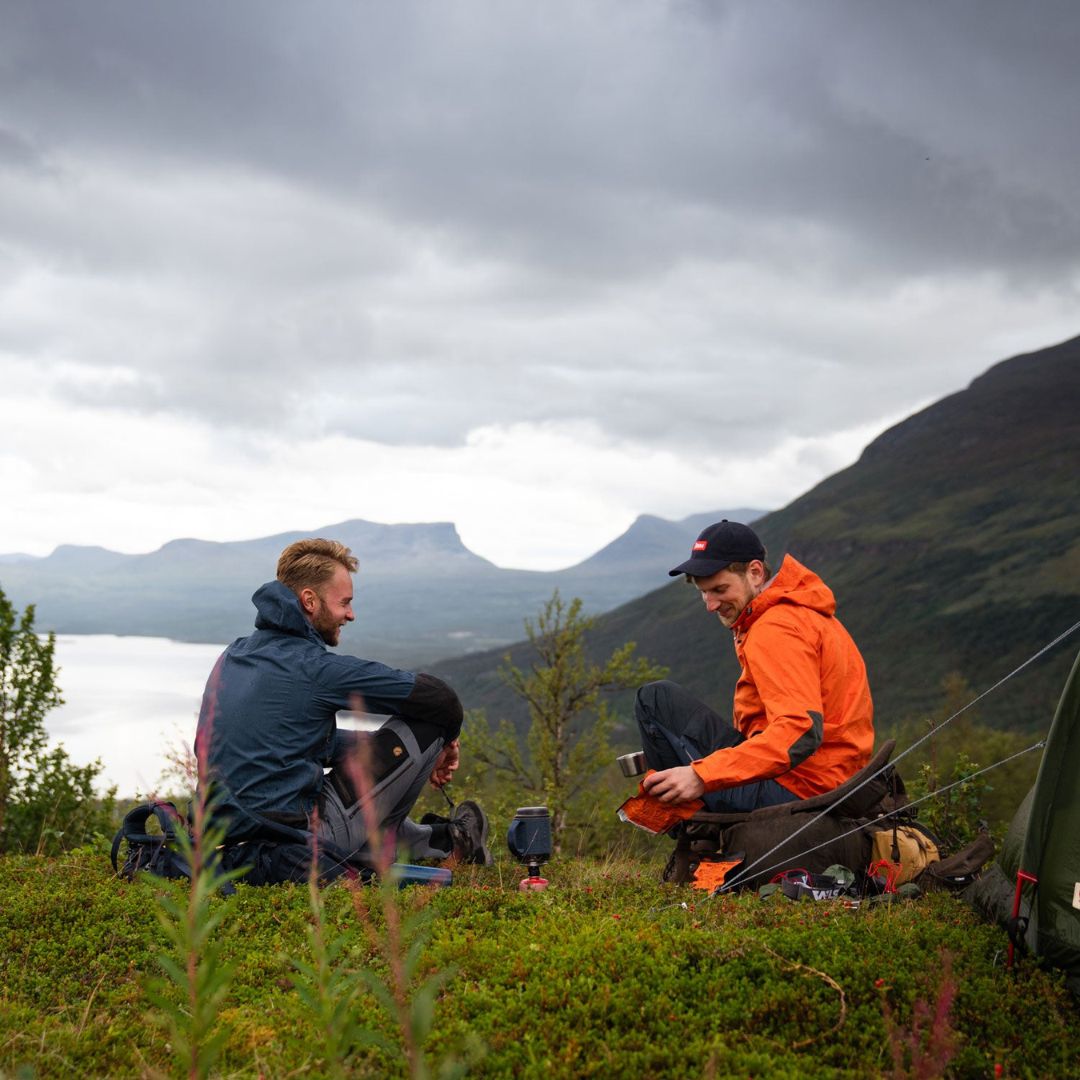No matter what time of year you go out in nature, access to fresh drinking water is essential for a safe and enjoyable trip. When the snow has settled, running water may not be available, especially in high alpine environments. Instead, it is important to plan on melting snow and ice with your storm kitchen – and know how to do it.
Carl Lundberg has spent most of his adult life in alpine winter environments. First as an enthusiastic skier and climber and then fifteen years as a certified mountain guide with a focus on sustainability and summit tours in Sweden and Norway. He is now also chairperson and part of the training group within the Swedish Mountain Guide Organization (SBO). And if anyone has practiced snow melting in different environments and weather conditions, it is mountain guides.
“Running clean water in a stream is always the first choice. Second, I use ice and last, snow, which takes the longest time and requires the most fuel,” says Carl Lundberg.
Carl Lundberg plans his water consumption already when he packs his equipment and decides which water bottles and thermoses will accompany him on the trip. If there is no running water along the way, snow melting is the order of the day. Carl Lundberg melts ice and snow both in the morning and evening and prefers to carry 1-2 liters of water for the day's activities. If he needs more water than that, he melts snow along the way.
"How much water I need depends on the weather and how much I sweat. I do everything I can not to sweat, both to avoid getting wet and because I know I have limited fluids. Work on your attire and pace to avoid sweating and replenish as much fluid as you need," he says.

